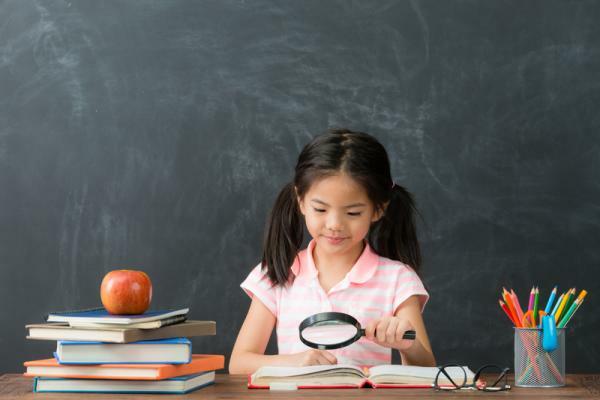
Since we are little, we are in a constant search for information that keeps us active. Every day we face new experiences that invite us to reflect, think and create. For this reason, over the years, research has been carried out on the possible methods with which human beings have tried to obtain new knowledge of both their environment and themselves. In this sense, psychology has also theorized regarding these forms and methods of obtaining information and knowledge, making interesting contributions to try to find answers to these issues.
In this Psychology-Online article we explain what is discovery learning and how to apply it.
Index
- What is discovery learning
- Bruner's principles of discovery learning
- Advantages of discovery learning
- How to apply discovery learning in children
What is discovery learning.
Discovery learning is a specific modality of obtaining knowledge in which the person explores aspects of the world. In this way, information is produced that is incorporated into the knowledge schemes prior to this event.
In other words, this type of learning is based mainly on the person discovering situations that will later be used for various purposes. For this reason, this type of learning is not based on studied data, but on the experiences of each person in assimilating the world. Therefore, discovery learning can be different for each person.
Bruner's principles of discovery learning.
One of the main exponents of this theory was Jerome Bruner, a psychologist who placed special emphasis on people's learning patterns. Throughout his life, Bruner made important contributions in the field of cognitive psychology to understand the processes of acquiring data from the outside world.
Next, we show you what are the principles of Bruner's discovery learning:
- active knowledge: the person must have the intention of incorporating data and information through her own participation.
- creative exploration: knowledge cannot be carried out without resorting to adequate creation and research to achieve it.
- Assimilation of new competitions: acquisition of qualities and/or skills specific.
- Personalization by interests: the person will learn according to the reasons that have caused her desire to understand her environment. That is, learning will be directly connected to the main motivations.
- experiential learning: experiences play a fundamental role in the assimilation of new concepts. Therefore, the experience results in learning that occurs through practice beyond theory.

Advantages of discovery learning.
It should be considered that discovery learning has a series of positive effects on the person who uses it. In the following points, we will see in detail the advantages that arise:
- Encourages the development of personal skills and interests: Allows you to rely on intuition to develop knowledge. In this way, the passage through traditional teaching that implies acquiring information provided by other people and/or institutions is avoided.
- Promotes own thinking: If a person learns according to what she discovers, there are more possibilities to elaborate own thoughts and ideas about everyday life situations.
- Strengthening of self-esteem: the state of mind of a person who learns under his own modalities can feel better since he manages to acquire knowledge without the need to resort to external sources.
How to apply learning by discovery in children.
In the educational field, this theoretical method has also been used to understand the mental functioning of people who attend schools. For this reason, it is important to know some exercises and activities that are carried out taking this conceptualization into account.
Next, we show you how discovery learning is applied to children:
- Implementation of projects: Provide opportunities for children to explore their interests and engage in investigative activities. In this sense, children use the principles of discovery learning as formalized by Bruner.
- group workshops: These spaces produce exchanges of knowledge between students so that they develop experiments on specific areas.
- reflection spaces: On some occasions, betting on moments of development of one's own thoughts based on the experiences of children are a propitious method for the incentive of skills. Beyond school teaching, this can also be an opportunity to create a space in which the creativity from each person.

This article is merely informative, at Psychology-Online we do not have the power to make a diagnosis or recommend a treatment. We invite you to go to a psychologist to treat your particular case.
If you want to read more articles similar to What is discovery learning and how to apply it, we recommend that you enter our category of cognitive psychology.
Bibliography
- Eleizalde, M., Parra, N., Palomino, C., Reyna, A., Trujillo, I. (2010). Learning by discovery and its effectiveness in the teaching of Biotechnology. Research Magazine, 71 (2), 271-290.


